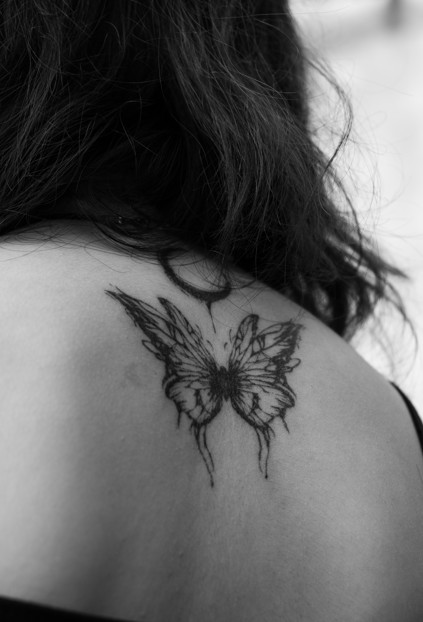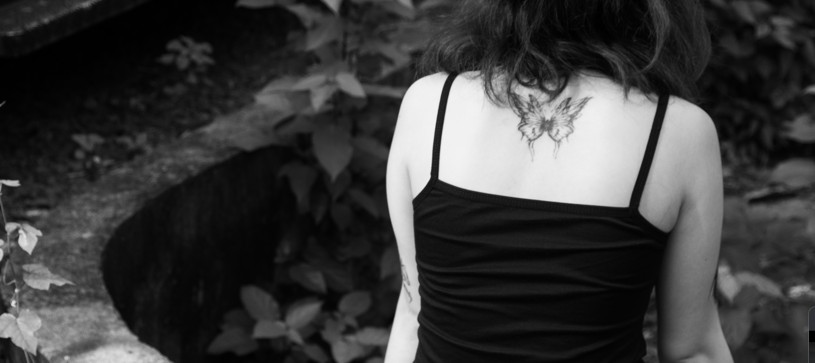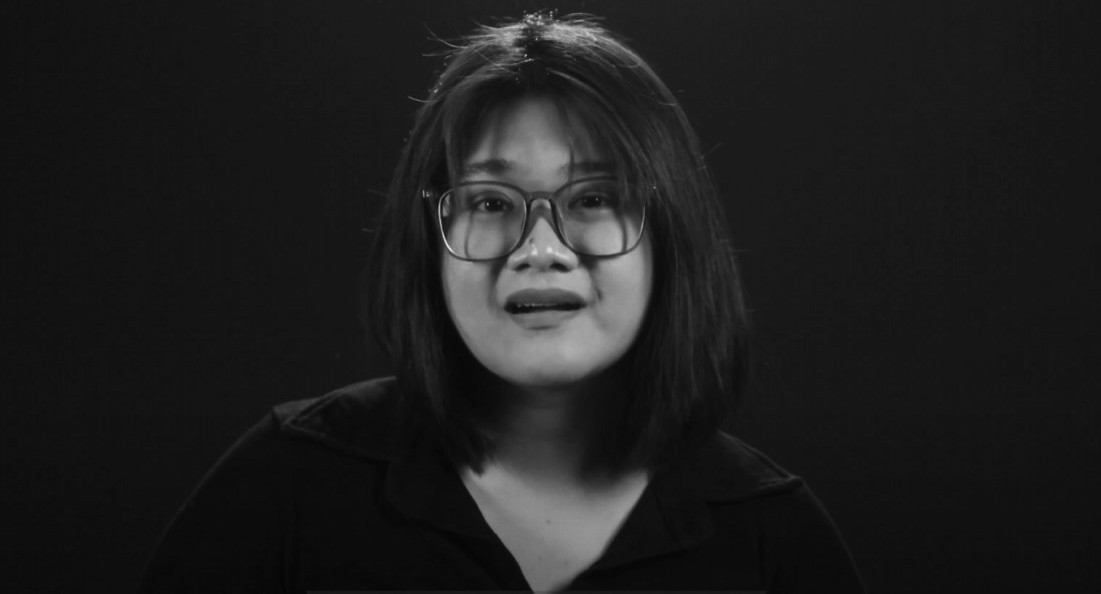Paruparo: Why Filipinas Choose the Butterfly
A design that feels like home, soft strength, quiet freedom, and stories that keep unfolding.
In the Philippines, tattoos live between story and style, marks of memory, faith, family, and becoming. Among Filipinas, one design keeps fluttering back across seasons and trends: the butterfly—paru-paro. Chosen not only for beauty but for what it says about change, survival, and soft strength.

Meanings That Land Close to Home
For many Filipinas, the butterfly feels personal. Its journey from cocoon to wings mirrors common chapters: graduating, leaving home for work, healing after heartbreak, returning from abroad, or starting over.
Pagbabagong-anyo (transformation): growth that is gentle and brave.
Kalayaan (freedom): a promise to self, setting boundaries, choosing a path.
Alaala (remembrance): a quiet visitation for a loved one who has passed.
How Filipinas Style the Butterfly
Preferences lean toward refined tattoos that read elegant up close and respectful in formal spaces. Trends come and go, but these choices stay steady:
- Fine line & microrealism: hair-thin outlines; a single butterfly along the collarbone or wrist.
- Watercolor wash: lilacs, seashell pinks, and sunset oranges, echoes of Manila dusk or island mornings.
- Black & grey minimal: office-friendly, often paired with tiny stars or a sliver of moon.
- Handpoke details: a softer, intimate look, popular for first tattoos.
Favorite Pairings
Filipinas make the butterfly kanila talaga by weaving in local motifs:
- Sampaguita / kalachuchi: purity, summer, and home.
- Baybayin: a name or words like laya (freedom), ginhawa (ease).
- Buwan at bituin: quiet resilience; light even when the city is loud.
- Alon or bundok silhouettes: island roots, weekend escapes, or Baguio hearts.

Placement: Visible When Wanted, Discreet When Needed
Because many workplaces remain conservative, placement matters. Common picks include:
Subtle: behind the ear, rib/side, hip dip, nape, ankle.
Sometimes-visible: inner wrist (watch side), low collarbone, upper back.
Statement but soft: sternum/underboob with lace-like wings; shoulder blade with trailing florals.
Artist tip: start small and meaningful, then build a set, a second butterfly facing the first, a sprig of sampaguita, a moon, so the story grows naturally.
Beyond “Cute”: Boundaries and Becoming
The 2000s made the butterfly “girly.” Filipinas have since reclaimed it, turning cute into claiming. Post-breakup, post-burnout, after caring for family, or returning from an OFW stint, the butterfly marks a line in the sand.
“Para sa akin, hindi lang siya cute. Symbol siya na marami akong kayang gawin - Madeilyn Dacapio”
If You’re Planning One
- Bring your symbols: a flower from your hometown, a saying from your mom, colors of a place you miss.
- Think in pairs: one butterfly now, a second later facing it, dialogue between past and future.
- Test visibility: tape a printed stencil where you want it; check with work outfits.
- Plan healing: schedule around beach trips and gym; protect with sunscreen after healing.
Will the Butterfly Ever Fade?
Hindi. In the Philippines, the butterfly isn’t just a trend, it’s a language. It speaks transformation in a country that is always moving, migrating, returning, rebuilding. It lets Filipinas say: Nagbago ako, at bagay sa akin ang pagbabagong ‘yan.
Change can be beautiful and wings, once earned, are meant to fly.